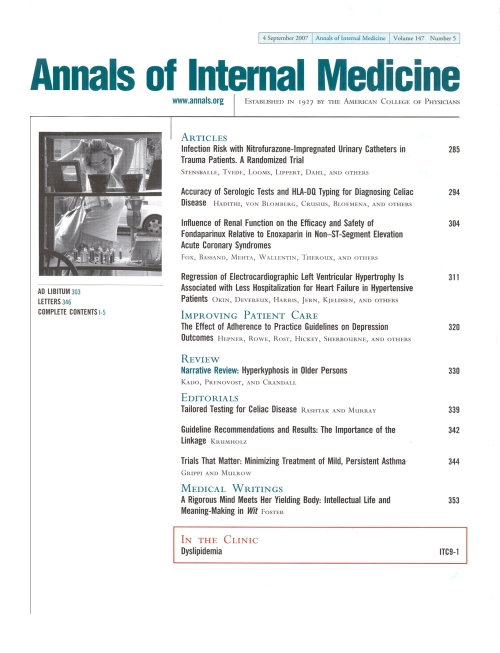Knee Osteoarthritis
OrthoEvidence’s Knee Osteoarthritis CoreView Page has been developed to effectively communicate the body of evidence
surrounding treatments where there is a lack of clarity. The aim of this page is to provide practitioners with a detailed review of the evidence within a topic
area so that they can make informed decisions regarding patient care.
Did you know that OA costs the healthcare industry over $60 billion each year?
Click below to learn more!
Select an option below:
Key Insights
Based on the available evidence, we have a number of key insights on knee OA and the use of IAHA therapy.
Recommendations
IAHA therapy has been examined in 12 clinical practice guidelines. See how their recommendations differ.
Meta-analyses
Click on the corresponding button below to see the meta-analyses evaluating IAHA versus:
RCTs
Click on the corresponding button below to see the RCTs evaluating IAHA versus:
Key Insights
Based on the available evidence, we have a number of key insights on the use of PRP in knee OA.
Meta-analyses
Click on the corresponding button below to see the meta-analyses evaluating PRP versus:
RCTs
Click on the corresponding button below to see the RCTs evaluating PRP versus:
Key Insights
Based on the available evidence, we have a number of key insights on the use of knee bracing in knee OA.
Meta-analyses
We identified 1 meta-analyses examining knee bracing vs. a control intervention.
RCTs
View the ACE reports on the current clinical trial evidence comparing knee bracing to a control.
Key Insights
Based on the available evidence, we have a number of key insights on the use of NSAIDs.
Meta-analyses
Click on the corresponding button below to see the meta-analyses evaluating NSAIDs versus:
RCTs
Click on the corresponding button below to see the RCTs evaluating NSAIDs versus:
Key Insights
Based on the available evidence, we have a number of key insights on the use of corticosteroids in knee OA.
Recommendations
Corticosteroid therapy has been reviewed in 9 clinical practice guidelines.
Meta-analyses
Click on the corresponding button below to see the meta-analyses evaluating corticosteroids versus:
RCTs
Click on the corresponding button below to see the RCTs evaluating corticosteroids versus:








